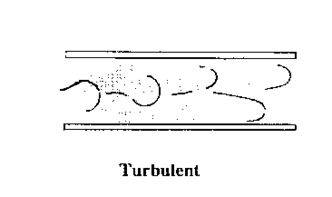Difference Between Pseudo Op and Machine Op
Understanding the difference between pseudo operations and machine operations is crucial for anyone delving into the realm of computer architecture and assembly language programming. Pseudo operations and machine operations are two distinct types of instructions that play a significant role in the execution of programs. Let’s explore these concepts in detail, comparing their characteristics, usage, and impact on program execution.
What is a Pseudo Operation?

A pseudo operation, often abbreviated as pseudo-op, is an instruction that is not directly executed by the processor. Instead, it serves as a directive to the assembler or compiler, guiding it on how to process the subsequent instructions. Pseudo-ops are used to define data, allocate memory, and perform other tasks that are not directly related to the execution of the program.
Here are some common types of pseudo-ops:
- Data Definition: These pseudo-ops are used to define constants, variables, and arrays. For example, in assembly language, the `.data` directive is used to define data segments.
- Memory Allocation: Pseudo-ops like `.bss` and `.stack` are used to allocate memory for variables and the stack, respectively.
- Assembly Control: Pseudo-ops like `.if`, `.else`, and `.endif` are used to control the flow of assembly code based on certain conditions.
What is a Machine Operation?

In contrast to pseudo-ops, machine operations are actual instructions that the processor executes. These instructions are directly encoded in the machine language and are responsible for performing arithmetic, logical, and control operations on the data stored in the processor’s registers and memory.
Here are some common types of machine operations:
- Arithmetic Operations: These operations include addition, subtraction, multiplication, and division, performed on data stored in registers or memory.
- Logical Operations: Logical operations, such as AND, OR, and NOT, are used to manipulate binary data.
- Control Operations: Control operations, such as jumps, branches, and subroutine calls, are used to alter the flow of execution based on certain conditions.
Characteristics of Pseudo Operations and Machine Operations

Now that we have a basic understanding of pseudo-ops and machine operations, let’s compare their characteristics in a table:
| Characteristics | Pseudo Operation | Machine Operation |
|---|---|---|
| Execution by Processor | No | Yes |
| Encoding in Machine Language | No | Yes |
| Usage | Directives for assembler/compiler | Instructions for processor |
| Impact on Program Execution | No direct impact | Direct impact on program execution |
Usage of Pseudo Operations and Machine Operations
Pseudo-ops and machine operations are used in different stages of program development. Here’s a brief overview of their usage:
- Pseudo-ops: Pseudo-ops are primarily used during the assembly or compilation phase. They help in defining data, allocating memory, and controlling the flow of assembly code.
- Machine operations: Machine operations are used during the execution phase. They are responsible for performing the actual computations and controlling the flow of the program.
Impact on Program Execution
While pseudo-ops do not directly impact program execution, they play a crucial role in the development process. By defining data, allocating memory, and controlling the flow of assembly code, pseudo-ops ensure that the machine operations are executed correctly. Machine operations, on the other hand, are directly responsible for the execution of the program and its performance.
In conclusion, pseudo operations and machine operations are two distinct types of instructions with different roles in the development and execution of programs. Understanding their differences and characteristics is essential for anyone working with computer architecture and assembly language programming.
